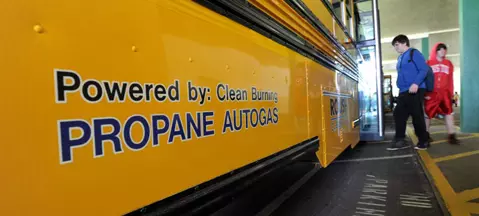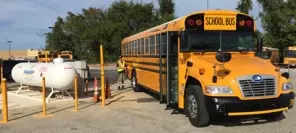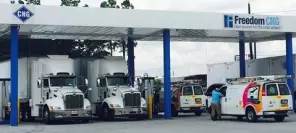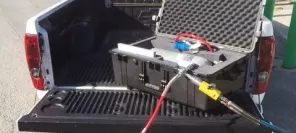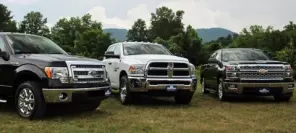- Main page
- Search
- Up to date
- Products
- Technology
- Vehicles
- Video
- Conversion Payback Simulator
Port Injection - Conversion Payback Simulator
Direct Injection - Conversion Payback Simulator
Diesel - Newsletter
In case of emergency, use autogas
 loading results...
loading results...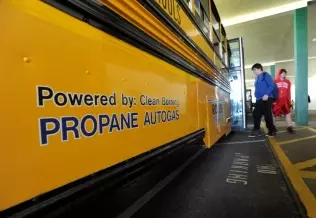 © auto-gas.netGaseous fuels are more reliable in emergency situations in general, so LPG is obviously no exception here
© auto-gas.netGaseous fuels are more reliable in emergency situations in general, so LPG is obviously no exception hereDue to LPG's mode of storage and distribution, it's very portable and more immediately accessible when a disaster strikes than petrol and diesel. Thanks to that, autogas-fueled emergency vehicles were the first to respond in wake of the hurricanes that struck the US in late summer of 2017. And it's not even that the infrastructure is well-developed across the country – although it is – the key factor is LPG's portability. Thanks to it autogas-powered response vehicles could be refueled from mobile pumps, disregarding the fact that some stations sustained heavy damage.
This is not the first time LPG has proven its superiority under emergency situation. In late 2011, when a tsunami wave hit Japan, autogas-powered vehicles were among the first to resume their duties, with Toyota Crown LPG taxis transporting goods to help those affected. And in 2012, when hurricane Sandy hit the US shores, LPG supplies were uninterrupted, while at the same time no diesel fuel was imported through New York ports.
In 2017, when Irma and Harvey struck, schools used their autogas-fueled yellow buses to evacuate people. In fact, plans to use these vehicles were made before the hurricanes actually reached the US, so that supplies and refueling could be scheduled and technically solved. Thanks to the buses' capacious LPG tanks, single fill-ups turned out to be enough to carry out the evacuations and get students back to school once it was possible. If you need another reason to start using autogas and you believe it's actually less safe and reliable than other fuels, this may just convince you.
